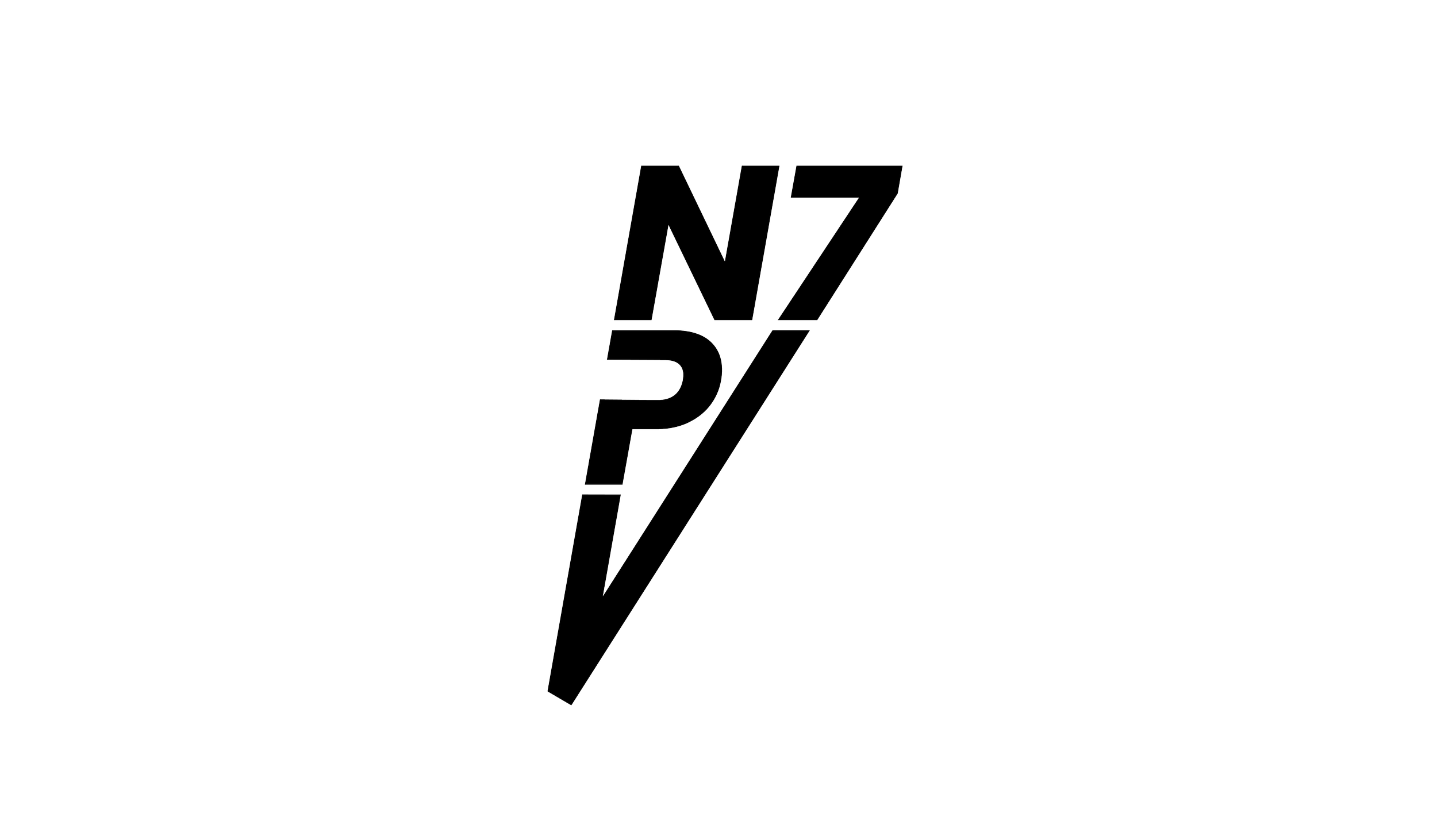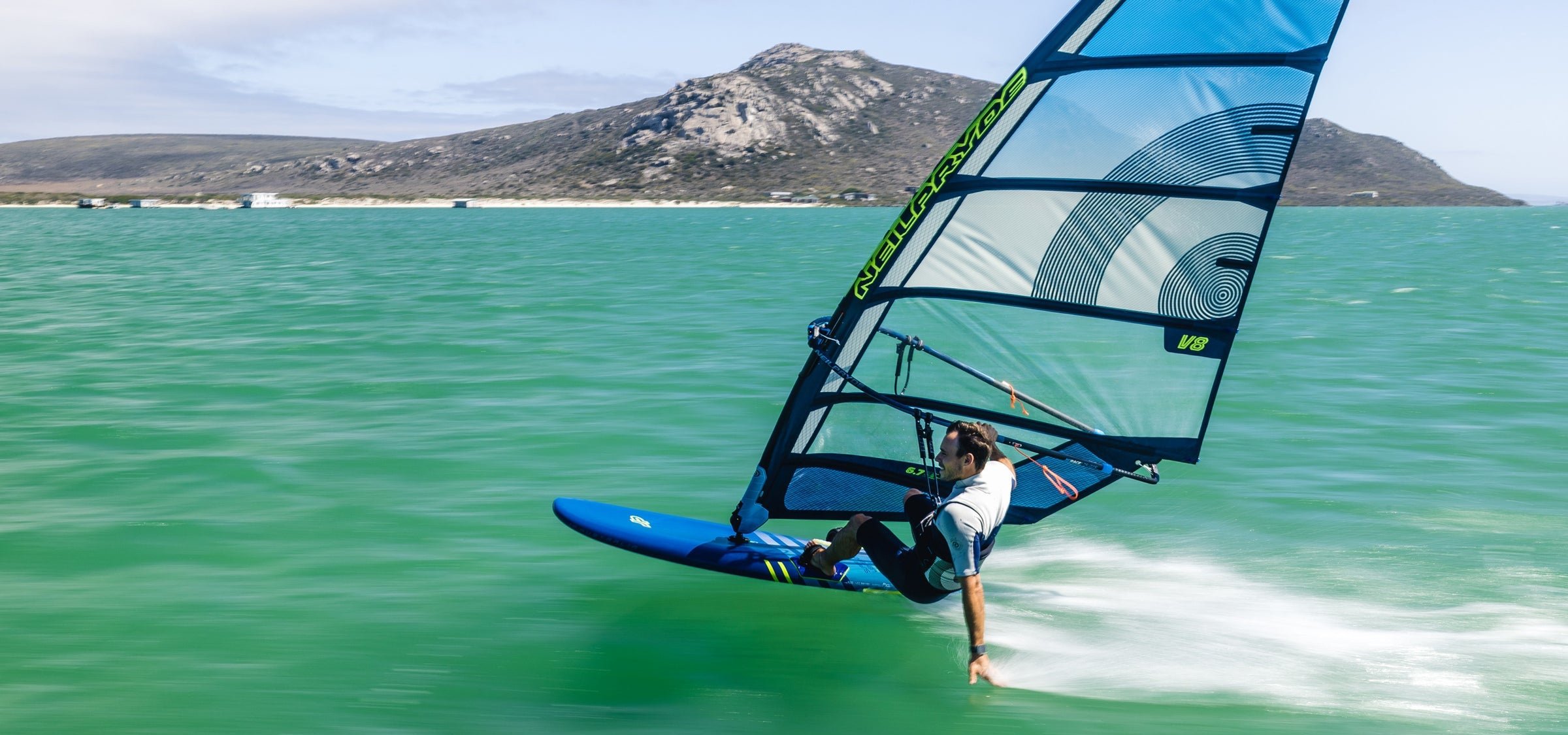Sailfinder: Freeride, Freerace and Race Sails explained
Content
Sail Design
Camber - What You Need to Know
Freeride Sails
Race Sails
Freerace Sails
In this guide, I will explore the various types of sails within the Freeride-Freerace category, helping you select the most suitable sail for your specific needs.
Who is this guide for? If any of the following points apply to you, then you're in the right place.
You ride a wide board (>70cm).
You don't use multi-fin boards.
You have 4 footstraps on your board.
You aren't interested in freestyle maneuvers (Note: "Duck Jibe" is not considered freestyle).
You aim to achieve high speeds in a straight line.
Sail Design
Even though the sails may appear somewhat similar at first glance, they have significant design differences to cater to different focal points.
Batten Layout
The arrangement and number of sail battens have a tremendous impact on the sail's performance. In this group, the sails range between 6 and 7 battens, and obviously, a sail with more battens has higher weight. However, this is a drawback often accepted in performance-oriented sails because the additional batten greatly enhances control. Battens are the primary tool to stabilize the sail profile and ensure a fixed pressure point.
Aspect Ratio
This term, increasingly found in sail product descriptions in recent years, simply describes the ratio of mast to boom length (or the length of the batten in relation to boom height). Sails differ significantly in this aspect, particularly the Freerace and Race models, which have changed substantially in recent generations. Since the development of specific foil sails, fin sails have become much slimmer, with a higher aspect ratio, significantly increasing their efficiency. However, the downside includes a higher center of gravity and consequently more challenging handling, as well as glide characteristics—qualities valued in a pure freeride sail.
Mast Sleve
The size of the mast pocket varies significantly, especially in race sails, reaching immense dimensions, and it's not just for accommodating the camber. A mast pocket drawn deep into the sail primarily offers aerodynamic advantages but also contributes to increased sail weight.
Camber
While freeride sails do without cambers, they are indispensable in race sails. The importance of their role is described below.
Camber - What You Need to Know
Cambers are among the most crucial components of a performance-oriented sail. Despite their technical simplicity, their impact on the sail's behavior is substantial. They serve as the linkage between the mast and battens, enabling the sail to maintain a consistent deep profile unaffected by pressure.
This results in a stable pressure point and improved balance. When encountering gusts, the sail remains easily controllable without dealing with erratic shifts in loads. Moreover, cambers not only enhance control in overpowered conditions but also augment overall sail drive. The wide sleeve and defined profile contribute to a more aerodynamically favorable sail shape.
The easy way: push the camber down with your hand and sideways with your knee under the mast.
Sails equipped with cambers generally perform better at high speeds, allowing better control in strong winds and yielding increased performance.
However, cambered sails have a couple of downsides. They tend to be significantly heavier, noticeable right from the start of sailing. Maneuvering them during jibes requires more skill and strength. Waterstarting can be challenging if the mast sleeve becomes waterlogged - the best advice would be to stay on your board and prevent water entry.
The look into the mast sleeve: try to put pressure on the batten rather than on the camber itself.
Indeed, rigging cambered sails can be slightly more complex, requiring proper placement of the cambers once the mast is in the sleeve. However, this process becomes considerably easier with practice.
The advantages
Maintains consistent sail shape
Provides a fixed pressure point
Generates more power
The disadvantages
Increased weight
More challenging waterstarting
Requires practice for rigging
Freeride Sails
📸 Markus Greber
Skill Level and Experience
Beginner to Intermediate Riders: Freeride sails are exceptionally well-suited for those starting or at an intermediate level. They provide a forgiving and user-friendly experience, allowing riders to progress comfortably.
Comfort and Versatility
Comfort-Oriented Riders: Individuals who prioritize comfort and ease of use over extreme performance gravitate towards Freeride sails. These sails offer stability, predictability, and a forgiving nature, making them ideal for casual cruising or recreational windsurfing.
Adaptability Across Conditions
Varied Conditions: Freeride sails excel in different conditions, especially in rougher waters or choppier seas. Their versatility allows riders to navigate various water states without compromising on control or comfort.
Enjoyment and Accessibility
Freeride sails strike a balance between performance and ease, offering decent speed and maneuverability without demanding specialized techniques. They cater to riders seeking an enjoyable windsurfing experience without excessive technical requirements.
Performance Balance
Freeride sails offer a blend of comfort, stability, and moderate performance. They are designed for all-around use, providing satisfactory speed and control across different conditions without the extreme demands of race-oriented gear.
📸 Markus Greber
Race Sails
📸 Markus Greber
Skill Level and Expertise
Experienced and Technical Riders: Race sails are tailored for seasoned riders with advanced skills. They demand precise control, technical expertise, and an understanding of high-performance sailing techniques.
Specialization for Speed and Efficiency
For those fixated on achieving top speeds, Race sails deliver unmatched aerodynamics and efficiency, maximizing speed potential under optimal conditions.
Technical Demands and Competitiveness
Mastery of advanced windsurfing techniques is necessary to harness the full potential of Race sails. Riders seeking competitive edge or focused on achieving maximum speeds will find these sails highly suitable.
Stability Over Maneuverability
Speed and Stability: Race sails prioritize stability at high speeds but sacrifice some maneuverability compared to Freeride sails. They are designed for straight-line performance rather than agility in Gybes.
Racing and Specialized Use
Race sails cater to competitive riders or those dedicated to specialized racing, offering top-end performance and efficiency.
Aerodynamic Advantages
One of the most noticeable differences is the wide mast stleeve. The aerodynamic advantages, previously mentioned, result from a better flow around the mast. Carefully, the air is redirected back into the center of the sail after passing through the mast. A broad mast sleeve minimizes turbulence, making the sail more efficient. In essence, this means that race sails generate more drive at the same wind strength and achieve better upwind angles.
Freerace Sails
📸 Markus Greber
Freerace sails generally aim to combine characteristics of the other two types of sails and find a good compromise. Hence, they possess an impressive performance potential coupled with notably more pleasant handling.
Easier Accessible Performance
To be fast with freerace sails, you doesn't need to be particularly strong or have advanced technique. They deliver their speed much more readily.
Less Physical Exertion
Due to their lighter weight, less strength is required to maneuver them. Also, maintaining control on a straight path demands considerably less effort. Especially for those prone to back issues (but still eager for fast surfing), freerace sails are an excellent choice.
Waterstart
When a race sail is in the water, the mast pocket fills with water, making a regular waterstart difficult. So, if you enjoy practicing radical jibes and, as a result, end up in the water frequently, this could be a significant drawback against choosing a race sail. For this very reason, a freerace sail might be the better choice, as the noticeably smaller mast sleeve collects minimal water in case of a fall, allowing you to get back on your board much faster.
📸 Alan van Gysen
Ultimately, the choice between Freeride, Race and Freerace sails is a matter of individual preferences, riding style, skill level, and the desired windsurfing experience. Freeride sails provide a comfortable, versatile, and accessible performance suitable for a broader range of riders. In contrast, Race sails are specialized for advanced, competitive, and technically skilled riders aiming for maximum speed and performance in any conditions. And Freerace sails - they sit somewhere in between.
A closing idea: Sometimes, opting for a less high-performance sail might be the way to go. Especially if you're not out on the water every week, a more comfortable sail can make windsurfing considerably more enjoyable, ensuring long-term fun.
If you're keen to explore the topic further, check out the following video:










